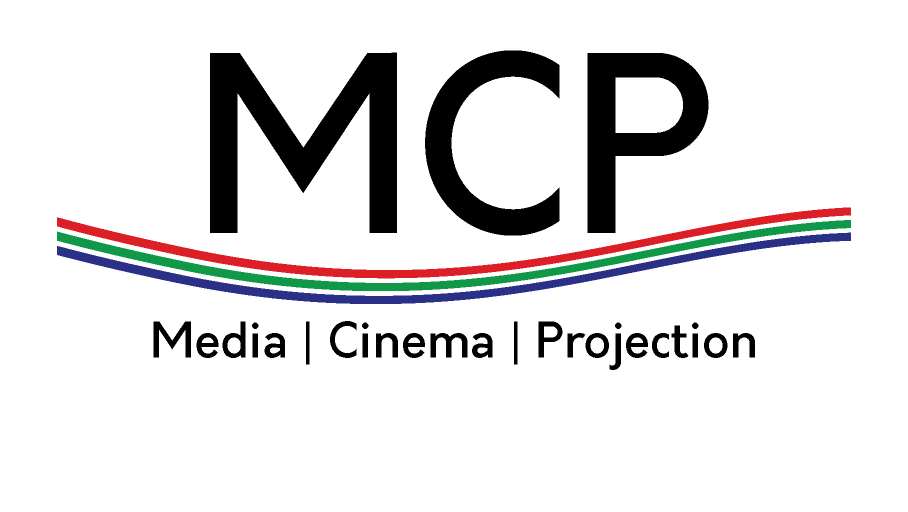The academy shouldn’t, either. The art of filmmaking will survive change.
One of the most acclaimed movies of all time, David Lean’s “Lawrence of Arabia,” is a poem to the ever-changing desert sandscape, shot with panoramic cameras on unusually wide film. You weren’t meant as much to watch this 1962 film as to immerse yourself in it — in a theater.
Most everyone has had their breath taken away in a darkened cavern of a cinema. Maybe you watched Stanley Kubrick’s “The Shining” and could barely sleep that night. The shark of biblical proportions in Steven Spielberg’s “Jaws” spooked some moviegoers so much that they avoided the beach.
Or, watching Alfred Hitchcock’s “Vertigo” (spoiler alert!), perhaps you screamed at the bell tower scene when the duplicitous Kim Novak is so unnerved by the approach of a shadowy figure that she backs up in fright and plummets to her death. You wouldn’t be alone; Hitchcock could make an entire audience scream as one.
Yet even if Americans have profound memories of experiencing movies in a theater, today, for the most part, they see new movies on their TV screens, personal computers, tablets and phones. They have mentally disconnected the desire to see a movie from the need to see it in a movie theater.
